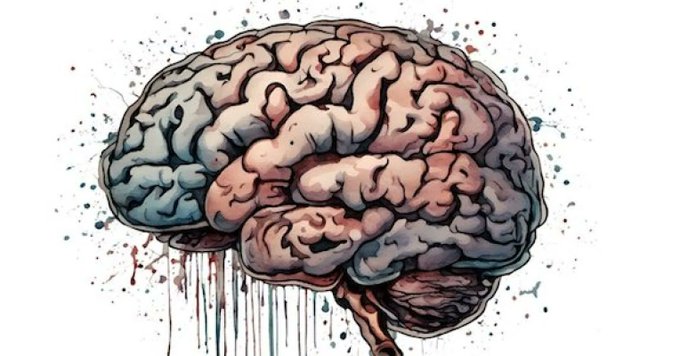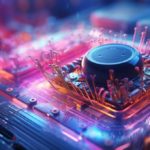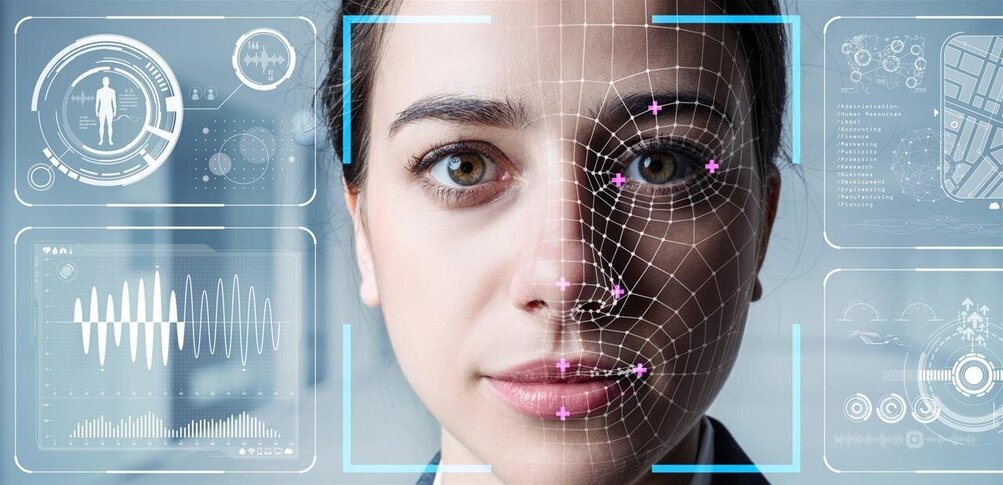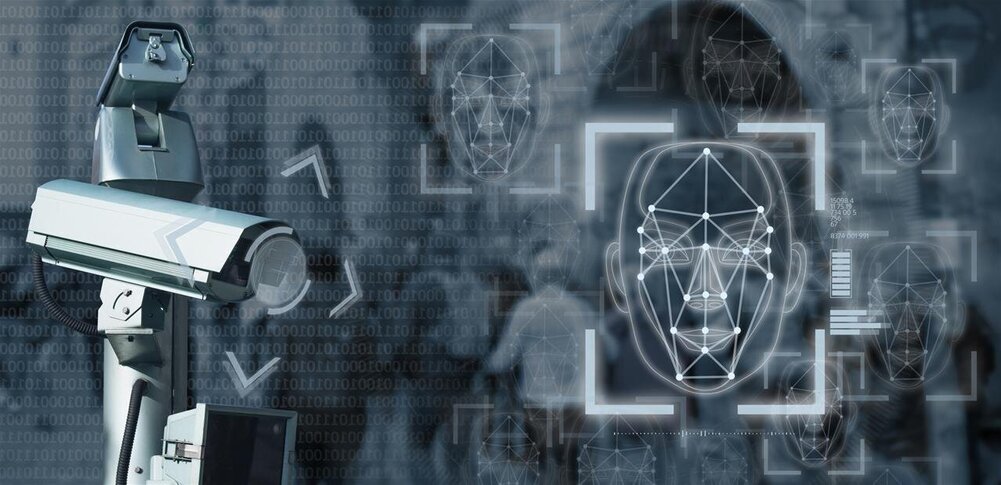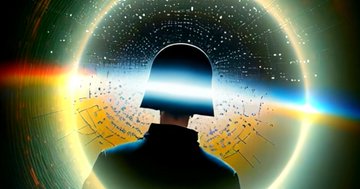- Rapid AI advancements risk human cognitive disconnection.
- AI can alter our basic understanding of « reality. »
- This shift poses existential risks and redefines the human experience.
The Turing Test, a concept introduced by Alan Turing in 1950, has been a foundation concept for evaluating a machine’s ability to exhibit human-like intelligence. But as we edge closer to the singularity—the point where artificial intelligence surpasses human intelligence—a new, perhaps unsettling question comes to the fore: Are we humans ready for the Turing Test’s inverse? Unlike Turing’s original proposition where machines strive to become indistinguishable from humans, the Inverse Turing Test ponders whether the complex, multi-dimensional realities generated by AI can be rendered palatable or even comprehensible to human cognition. This discourse goes beyond mere philosophical debate; it directly impacts the future trajectory of human-machine symbiosis.
The Complexity of AI-Created Worlds
Artificial intelligence has been advancing at an exponential pace, far outstripping Moore’s Law. From Generative Adversarial Networks (GANs) that create life-like images to quantum computing that solve problems unfathomable to classical computers, the AI universe is a sprawling expanse of complexity. What’s more compelling is that these machine-constructed worlds aren’t confined to academic circles. They permeate every facet of our lives—be it medicine, finance, or even social dynamics. And so, an existential conundrum arises: Will there come a point where these AI-created outputs become so labyrinthine that they are beyond the cognitive reach of the average human?
Mots-clés : cybersécurité, sécurité informatique, protection des données, menaces cybernétiques, veille cyber, analyse de vulnérabilités, sécurité des réseaux, cyberattaques, conformité RGPD, NIS2, DORA, PCIDSS, DEVSECOPS, eSANTE, intelligence artificielle, IA en cybersécurité, apprentissage automatique, deep learning, algorithmes de sécurité, détection des anomalies, systèmes intelligents, automatisation de la sécurité, IA pour la prévention des cyberattaques.

